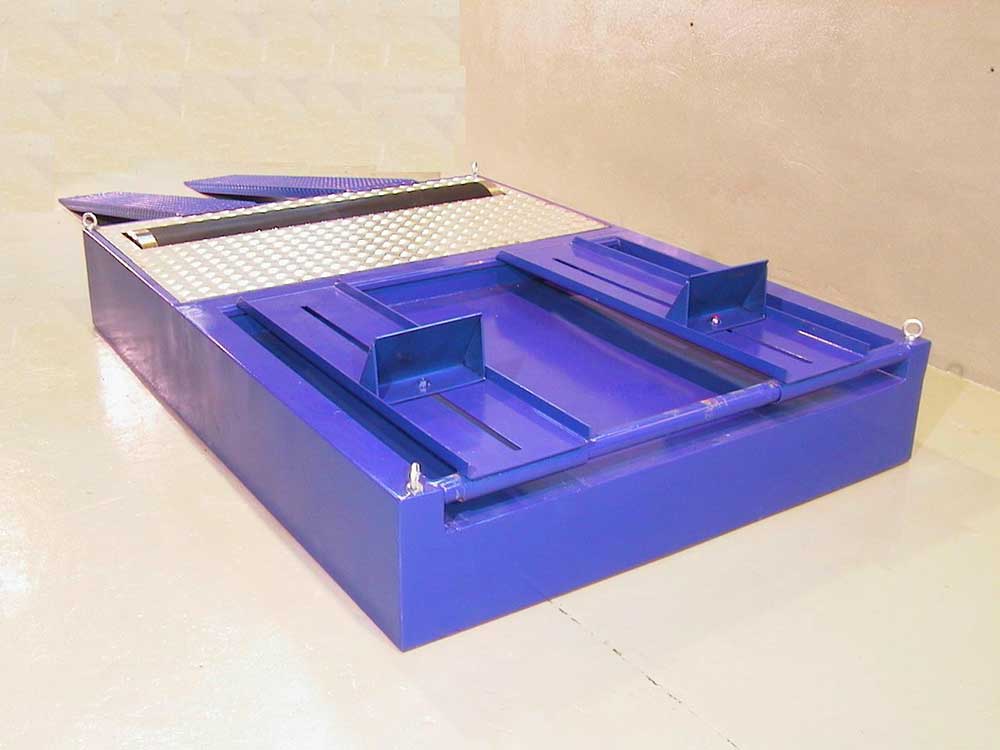
Why Top Tuning Shops Choose Hyper Power Dynamometers
Tune into the unparalleled precision and power optimization that top tuning shops crave with Hyper Power Dynamometers – setting a new standard in performance enhancement.
Choosing the correct dynamometer depends on elements such as power capacity and type, whether it's an engine or chassis dyno. Ensure it matches your engine's power output for optimal performance.
Determine if you require standard or high torque testing. Match the dynamometer size to fit your object's dimensions and its capacity to withstand force levels. Take into account thermal effects – pick materials and compensation methods thoughtfully.
Precision is key, so align force sensors accurately. Tailored options are available for specific requirements. Keep exploring for detailed insights into dynamometer selection.
Factors to Consider When Selecting
When choosing a dynamometer, it is crucial to carefully assess various factors to ensure optimal performance and accuracy during testing. An essential consideration is determining the specific type of dynamometer required for your needs. There are various options available, such as engine dyno and chassis dyno, each serving distinct functions.
Engine dynos directly measure the engine's power output, providing precise data for performance assessment. In contrast, chassis dynos evaluate the power transmitted to the wheels, offering insights into overall vehicle performance. Understanding these distinctions is vital for selecting the most appropriate dynamometer for your testing requirements.
Additionally, it is important to evaluate the maximum power capacity to ensure the dynamometer can efficiently handle the workload. Matching the dynamometer's capabilities with the engine's power output being tested is essential for accurate outcomes. Whether you require standard power testing or assessments for high torque and power, selecting the right dynamometer type is crucial for achieving consistent and reliable results.
Size and Force Levels Analysis
Considering the specific requirements of the testing object and the expected force levels is crucial when analysing the size and force levels for selecting an appropriate dynamometer. The dynamometer size must align with the dimensions of the test object to ensure precise readings and dependable results. Opting for a dynamometer that can withstand the projected force levels during testing is essential to prevent damage and maintain the safety of both the equipment and operators. It's akin to selecting the correct tool for the task – just like using a small spanner on a large bolt wouldn't be effective.
Product Recommendation: For applications where high force levels are anticipated, the Omega DPG409S series of digital dynamometers could be a suitable choice due to their robust construction and high-capacity load cells.
Why Size and Force Matching Matters
Ensuring the dynamometer size matches the dimensions of the test object is vital for obtaining accurate data. Using an incorrectly sized dynamometer can lead to inaccurate readings and compromise the reliability of the test results. For instance, using a small dynamometer on a large object may not provide sufficient contact area for accurate force measurement, affecting the overall testing precision.
Specific Example: When testing the tension in a steel cable, using a dynamometer with a suitable size that can encompass the diameter of the cable ensures that the force applied is accurately measured without any inaccuracies due to size discrepancies.
The Importance of Choosing the Right Dynamometer
Selecting a dynamometer that can handle the expected force levels during testing is crucial to prevent equipment damage and ensure operator safety. An inadequate dynamometer may not be able to withstand the forces exerted during testing, leading to potential malfunctions or even accidents. By choosing a dynamometer with the appropriate force capacity, you can conduct tests with confidence and peace of mind.
Product Recommendation: The Dillon AP Mechanical Dynamometer is a reliable choice for applications where precise force measurement is required. With its durable construction and wide range of force capacities, it can be a versatile option for various testing scenarios.
Heat considerations play a pivotal role in dynamometer testing, impacting the accuracy of force sensors. Techniques like compensating for heat through preloaded dynamometers or utilizing materials with specific thermal properties are essential in maintaining precision.
Awareness and addressing thermal effects are critical in choosing the right dynamometer for accurate and reliable testing results.
Thermal Effects on Precision
The precision of dynamometers can be significantly affected by thermal effects, altering the alignment of force sensors during testing. This necessitates accounting for thermal expansions to maintain accurate measurements.
To mitigate these effects, some dynamometers apply a horizontal preload to counteract thermal expansions and ensure measurement accuracy. For instance, Kessler's patented solution implements horizontal sensor preloading within the dynamometer structure to address thermal influences effectively.
Environmental conditions like high humidity or vacuum environments can also impact dynamometer selection to manage thermal effects and uphold measurement precision. Understanding and managing thermal effects are vital to guaranteeing precise and dependable measurements.
Effective methods to counteract heat in dynamometers are crucial for maintaining accurate and reliable measurements. Changes in temperature can impact force sensors, leading to errors in readings. To mitigate this, dynamometers often incorporate thermal compensation features that help offset the effects of heat fluctuations. For example, some dynamometers utilise horizontally preloaded force sensors to account for thermal expansions during testing.
Innovations like ceramic top plates in dynamometers can enhance thermal stability, enabling more precise measurements, especially in dynamic testing scenarios. Engineers such as Kessler have patented solutions involving strategically preloading force sensors horizontally within the dynamometer's structure to effectively address thermal considerations.
Customised dynamometers can also be tailored to specific thermal requirements, ensuring optimal performance in different testing conditions.
Recommendations for Thermal Compensation in Dynamometers:
Material Properties and Heat
Material properties are critical in determining how dynamometers respond to heat and its effects on measurements. The choice of material for a dynamometer can significantly influence how thermal effects are handled during testing. For instance, using dynamometers with ceramic top plates can broaden the frequency range for dynamic component analysis.
The impact of temperature during testing can affect the calibration of force sensors to ensure measurement accuracy. To address this, dynamometers may be horizontally preloaded to counteract thermal expansions that occur when temperatures fluctuate during measurements. This approach helps maintain the integrity of the data collected.
Kessler has developed a patented solution that involves horizontally preloading force sensors within the dynamometer structure. This innovative design effectively mitigates thermal effects during testing, ensuring reliable and precise measurements even in fluctuating temperature conditions.
In specific environmental settings such as wet environments or vacuum chambers, the choice of dynamometer material and design is crucial to achieve optimal performance. Selecting materials that can withstand these conditions without compromising accuracy is essential for obtaining reliable results.
Materials Selection Guide
When choosing a dynamometer, the material of the top plate is crucial for determining its performance. Dynamometers can feature top plates made of stainless steel, aluminium, or ceramic. Ceramic top plates excel in expanding the usable frequency range, making them perfect for dynamic component testing. Below is a guide to help you understand the characteristics of each material:
| Material | Characteristics |
|---|---|
| Stainless Steel | Sturdy and resistant to corrosion. |
| Aluminium | Lightweight and provides good heat conductivity. |
| Ceramic | Ideal for high-frequency applications and dynamic testing. |
Knowing the properties of each material enables you to select the most suitable option based on your requirements. Whether you value longevity, heat conductivity, or frequency range, choosing the right top plate material is vital for enhancing your dynamometer's performance.
When it pertains to dynamometers, the alignment of the force sensor preload can greatly influence the precision of measurements. Grasping the significance of sensor alignment and the techniques accessible for preload adjustment is essential for acquiring dependable test results.
Let's investigate how these factors play a crucial role in selecting the appropriate dynamometer for your specific testing requirements.
Sensor Alignment Significance
Sensor alignment is crucial for the performance and accuracy of dynamometers, particularly the orientation of preloading force sensors to counter the effects of temperature changes.
When considering sensor alignment in dynamometers, it is essential to note the following:
Optimising dynamometer performance and ensuring accurate measurements require careful consideration of the preload adjustment methods, particularly the orientation of preloading force sensors. In most dynamometers, force sensors are conventionally preloaded vertically, which is suitable for many applications.
However, in situations where there are significant temperature fluctuations during tests, dynamometers with horizontally preloaded force sensors can better compensate for thermal expansions, maintaining measurement accuracy. For instance, Kessler offers a patented solution with force sensors preloaded horizontally in the structure to meet specific testing requirements.
The direction in which force sensors are preloaded within dynamometers significantly affects their performance under varying temperatures, directly impacting measurement precision. Therefore, when choosing a dynamometer, it is crucial to consider the orientation of force sensor preloading to ensure reliable and accurate test results.
Recommended Options for Specialised Applications
In the realm of dynamometer selection for specialised applications, consider the distinct features provided by the bi-roller solution model BPM-2RHP. This model is tailored to specific testing requirements, ensuring utmost precision and reliability. When exploring choices for specialised dynamometer applications, it is crucial to keep the following factors in mind:
Selecting the appropriate dynamometer for specialised applications is vital for achieving precise and dependable test results. Sales Engineers can offer valuable insights into matching the dynamometer with your specific testing profiles. By considering these recommendations, you can make an informed decision tailored to your unique testing requirements.
In regard to tailored solutions for dynamometers, a customized product design can make all the difference in specialized application testing. Engineers collaborate closely with clients to develop sensors and dynamometers that meet specific testing demands, ensuring optimal performance and accuracy.
These custom solutions play a critical role in achieving precise results for a wide range of testing requirements.
Tailored Product Design
Tailored product design through customised solutions development involves the collaborative expertise of engineers to create specialised sensors and dynamometers that precisely meet unique testing requirements. When selecting customised solutions for your testing needs, it's important to consider the following key points:
For instance, when testing small electronic devices that are sensitive to vibrations, a custom dynamometer with a ceramic top plate can provide the precise support needed for accurate results. Consulting with specialists can ensure that the chosen dynamometer is tailored to the specific requirements of the test object and environment.
Tailored Testing Solutions for Specialised Applications
Developing customised application testing solutions necessitates a collaborative approach among engineers to design bespoke sensors and dynamometers that effectively meet specific testing requirements. When it comes to specialised application testing, bespoke dynamometer solutions play a crucial role in ensuring precise and dependable results.
The right dynamometer can significantly impact testing outcomes, especially when dealing with objects of various sizes or different force levels. It is vital to consider factors like thermal influences and environmental conditions when selecting the most appropriate dynamometer for specialised applications. For example, dynamometers equipped with ceramic top plates are well-suited for tasks involving micro vibration testing.
Our team of sales and application specialists are available to assist you in choosing between standard options and tailor-made dynamometer solutions, guaranteeing that your testing needs are addressed accurately.
Workshop Capabilities Assessment
To adequately assess the suitability of a dynamometer for a workshop, it is crucial to conduct a comprehensive evaluation of the workshop's capabilities. When appraising the workshop for dynamometer suitability, take into account the following:
It is imperative to understand the power consumption of the dynamometer and ensure that the workshop can meet those requirements without overloading the electrical system. This assessment is crucial in preventing power outages or damage to equipment due to insufficient power supply.
Matching the dynamometer's capabilities with the workshop's specific testing needs is essential for accurate and reliable results. For instance, if the workshop focuses on high-performance engine testing, selecting a dynamometer with a high torque capacity and precise control features is vital to meet the testing demands effectively.
Considering the frequency of testing helps in choosing a dynamometer that can operate efficiently under the expected workload. For workshops that conduct frequent testing, opting for a dynamometer with robust construction and reliable performance ensures consistent and accurate results over time.
Space availability is a key factor to consider when selecting a dynamometer, as it needs to fit within the workshop's layout without causing obstructions or safety hazards. Choosing a compact dynamometer model or planning for adequate space allocation can streamline testing processes and enhance workshop efficiency.
Aligning dynamometer selection with the workshop's long-term goals and testing objectives is essential for scalability and future expansion. Investing in a versatile dynamometer that can accommodate evolving testing needs and support the workshop's growth ensures long-term viability and efficiency.
Guidelines for Micro Vibration Testing
When performing micro vibration testing, using dynamometers equipped with ceramic top plates can significantly expand the usable frequency range. These specialized dynamometers are tailored to meet the dynamic characterization requirements of components in micro vibration applications. The incorporation of ceramic top plates allows for precise testing at lower frequencies, ensuring the accuracy of results in this delicate process. It is crucial to consider the thermal effects during micro vibration testing as they can impact the direction of force sensors' preloading in dynamometers, potentially influencing the test results. To meet the specific demands of micro vibration testing, customised dynamometers can be developed to effectively address unique requirements. For example, Kessler's patented method of preloading force sensors horizontally within the dynamometer structure has been proven to enhance test accuracy.
Importance of Dynamometers with Ceramic Top Plates
The use of ceramic top plates in dynamometers is vital for enabling precise testing at lower frequencies in micro vibration applications. These top plates ensure accurate results and broaden the usable frequency range, enhancing the overall effectiveness of the testing process. For instance, the integration of ceramic top plates in dynamometers can facilitate reliable testing of microelectronic components that require meticulous frequency control for optimal performance.
Significance of Considering Thermal Impacts
Thermal impacts during micro vibration testing can have a significant effect on the preloading direction of force sensors in dynamometers. Understanding and mitigating these impacts are essential to maintain the integrity and accuracy of the test results. By carefully monitoring and adjusting for thermal effects, researchers and engineers can ensure consistent and reliable testing outcomes in micro vibration applications.
Customised Dynamometers for Specific Requirements
Developing customised dynamometers to meet specific requirements is crucial for addressing the unique demands of micro vibration testing. These tailored solutions can enhance the accuracy and efficiency of testing processes by accommodating the specific needs of different components and applications. For example, custom dynamometers designed to preload force sensors horizontally, as demonstrated by Kessler's patented solution, can significantly improve the precision and reliability of micro vibration tests.
Expanding the Frequency Range of Dynamometers
Enhancing the frequency range of dynamometers is crucial for optimising micro vibration testing performance in specialised applications. When it comes to extending the frequency range of dynamometers, utilising ceramic top plates can be a game-changer. Here are some key considerations:
In conclusion, selecting the suitable dynamometer involves considering factors such as size, force levels, thermal effects, materials, and customisation options. It is crucial to assess workshop capabilities and frequency range extension for accurate testing. By adhering to these guidelines, you can ensure that you choose a dynamometer that caters to your specific requirements and delivers reliable results for your testing needs.
Guide Towards Further Learning:
Spark curiosity for more knowledge by inviting the reader to contact Hyper Dyno. Feel free to reach out to us if you have any queries about Dynamometer Products, Custom Solutions, Installation Setup, Training and Certification, Technical Support and Maintenance, Software Updates, Rental Services, Dynamometer Testing Services, and Accessories and Parts. Take action now and contact us for assistance.

Tune into the unparalleled precision and power optimization that top tuning shops crave with Hyper Power Dynamometers – setting a new standard in performance enhancement.
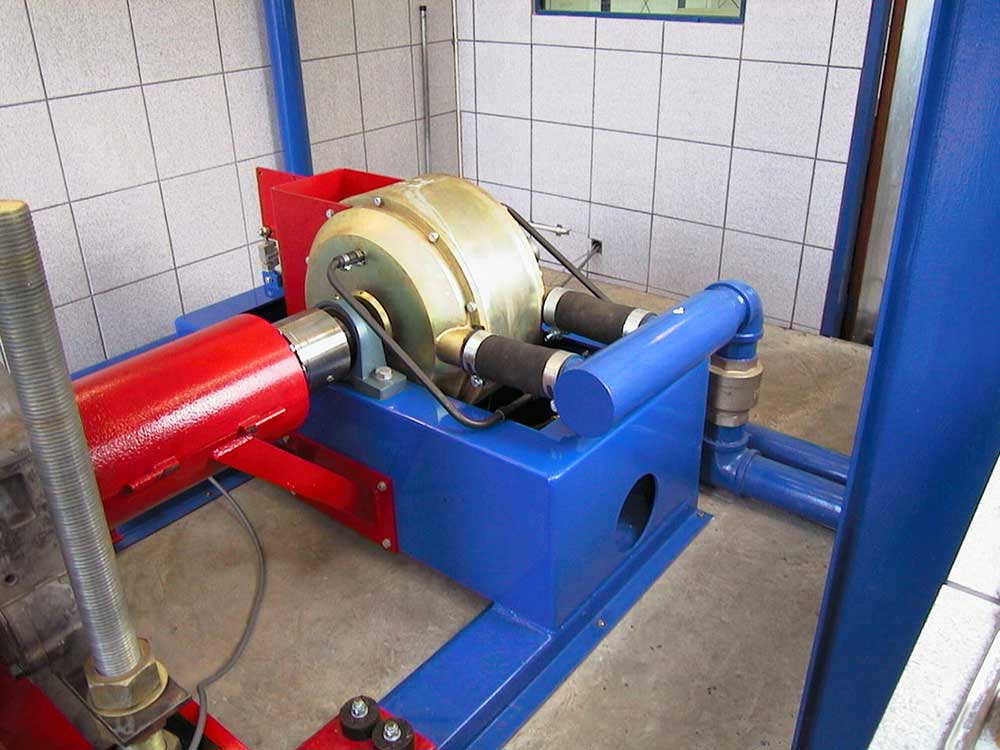
Uncover how precise testing impacts vehicle safety and performance, shaping the future of road safety in surprising ways.
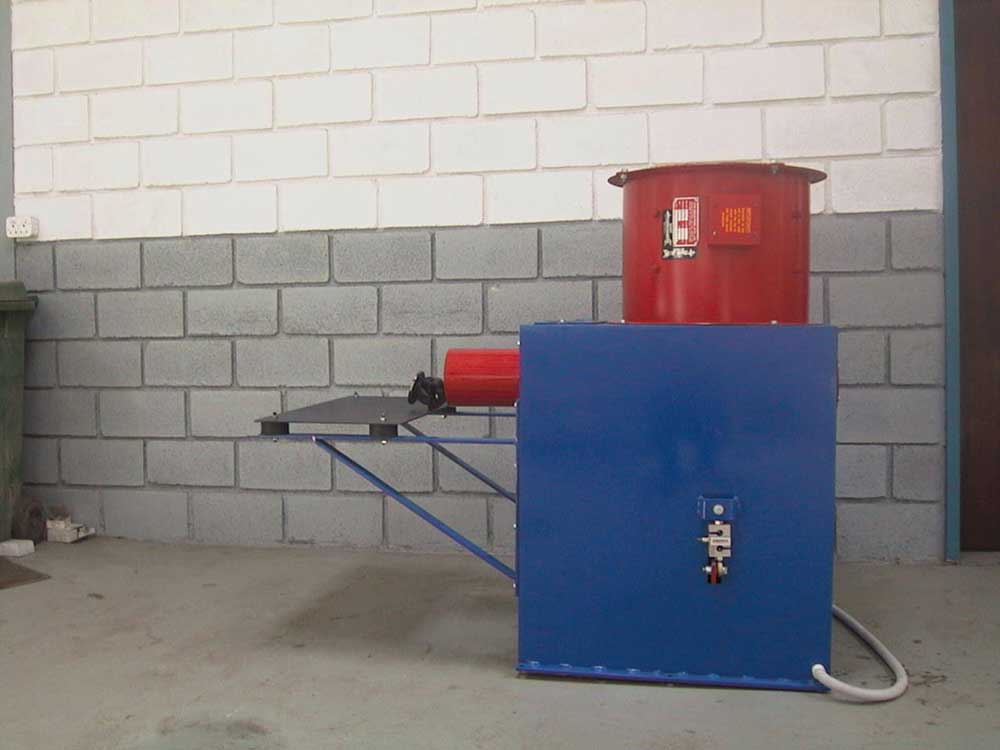
Harness the power of dynamometers across various industries to unlock unparalleled performance – discover their transformative impact!
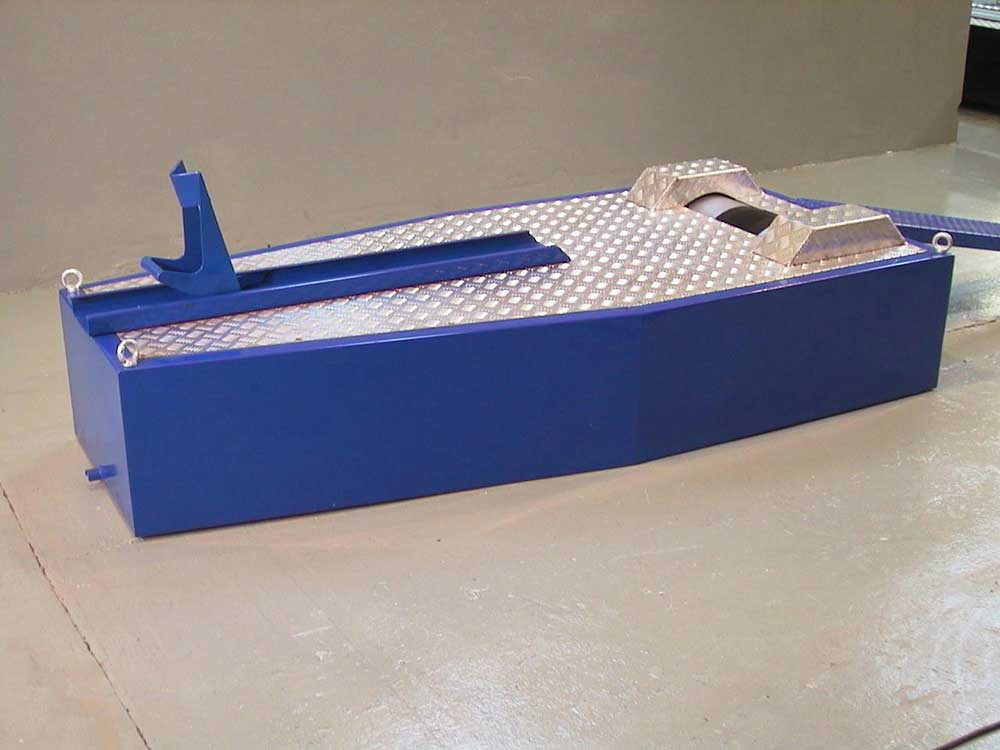
Peek into how dynamometers have transformed vehicle tuning, promising precision and power enhancements beyond imagination.
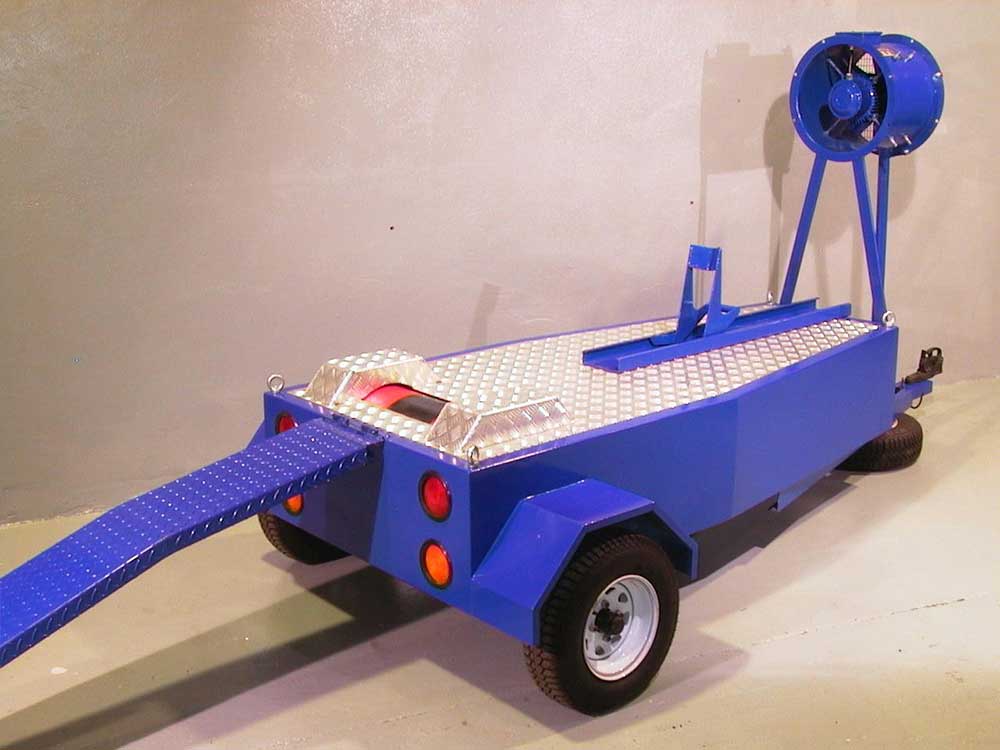
Yield to the allure of personalized wealth management services at Hyper Power and discover the transformative journey that awaits.
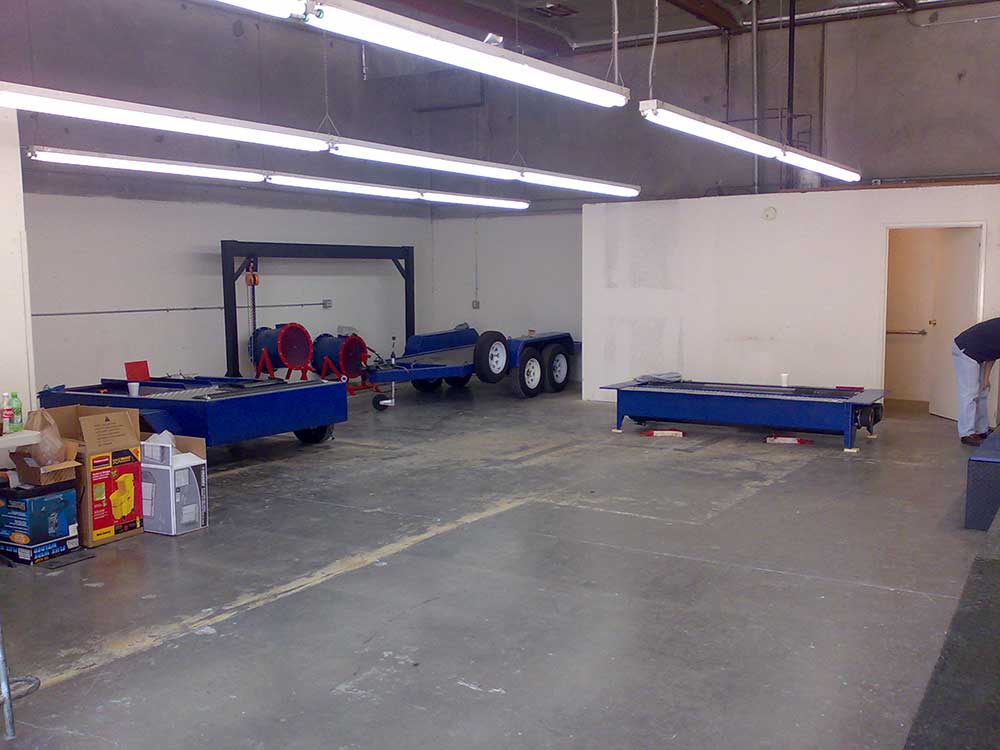
Harness the power of dynamometers to revolutionize automotive engineering and push the boundaries of innovation in the industry.
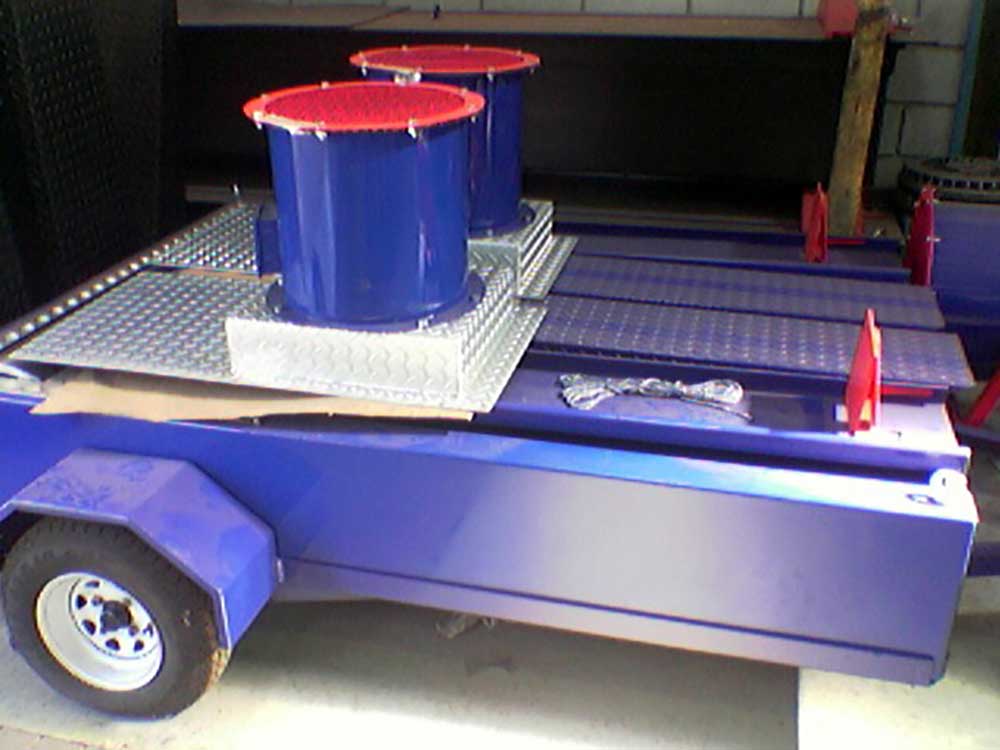
Uncover how a dynamometer unlocked performance gains beyond expectations, revolutionizing vehicle capabilities.

Accelerate your business growth with hyper power dynamometers, revolutionizing efficiency and performance optimization in various industries.






Hyper Power, the leading name in dynamometer solutions, offers unparalleled precision and reliability for all your performance testing needs.